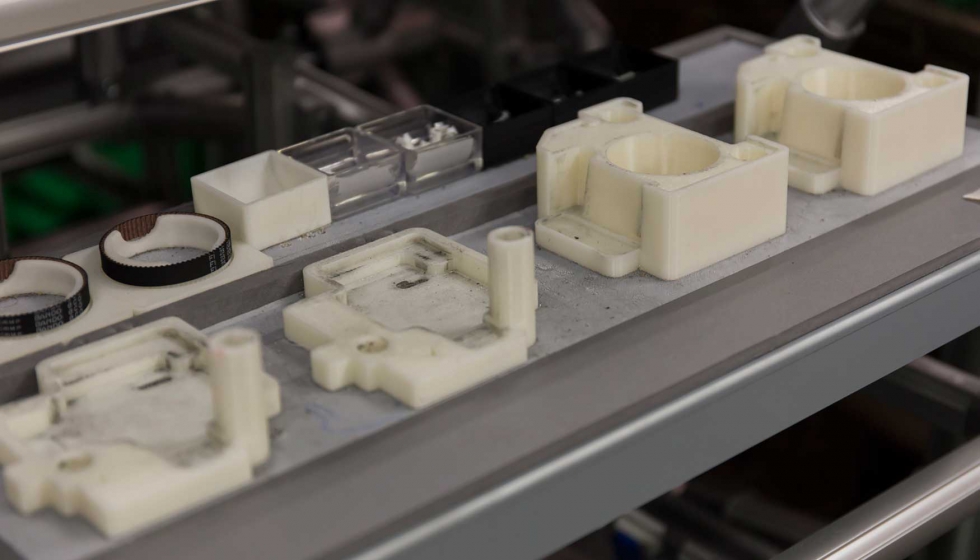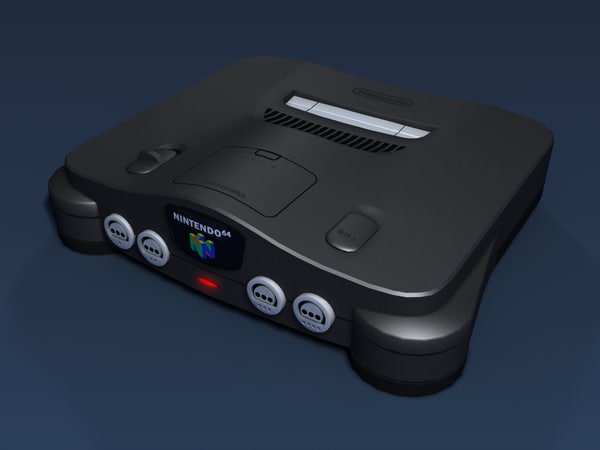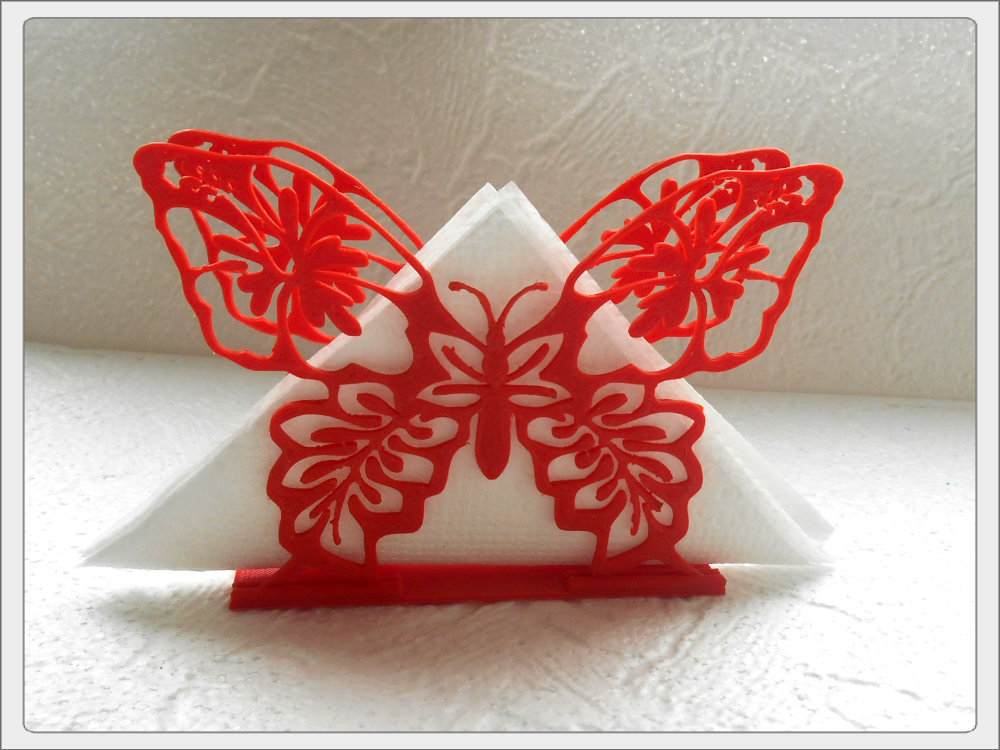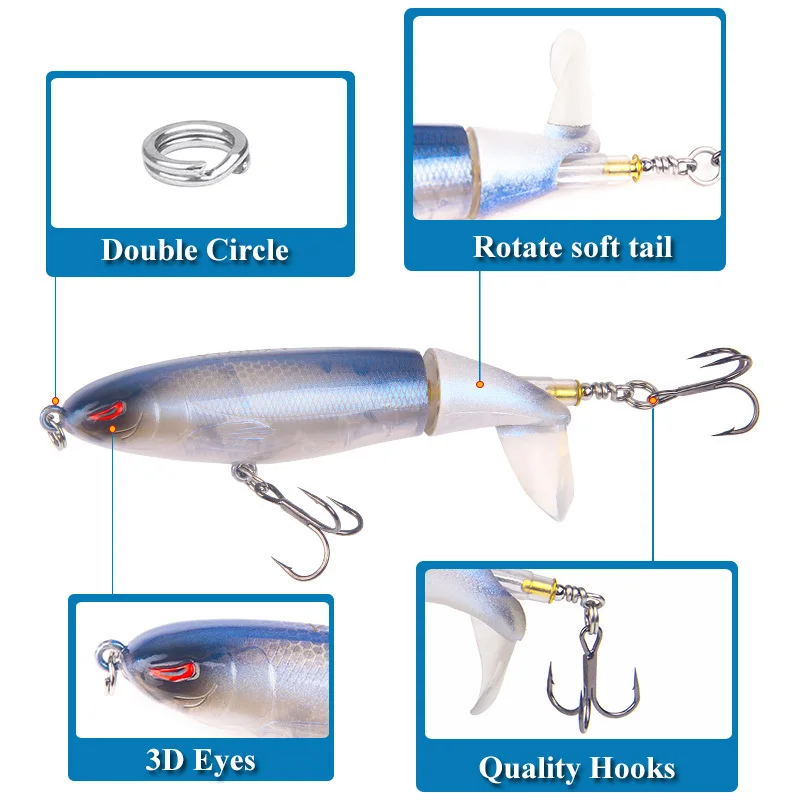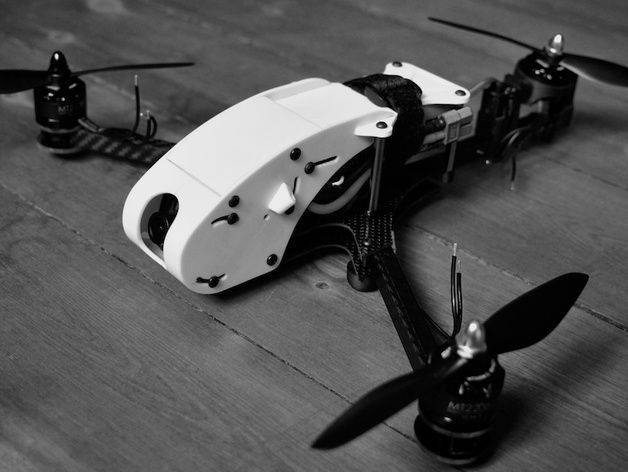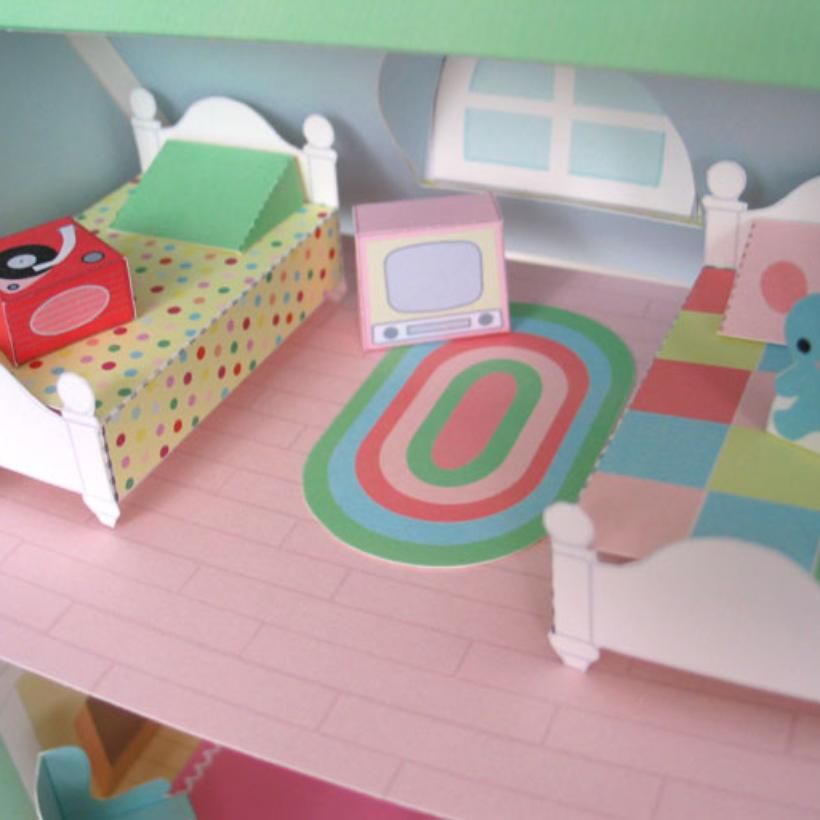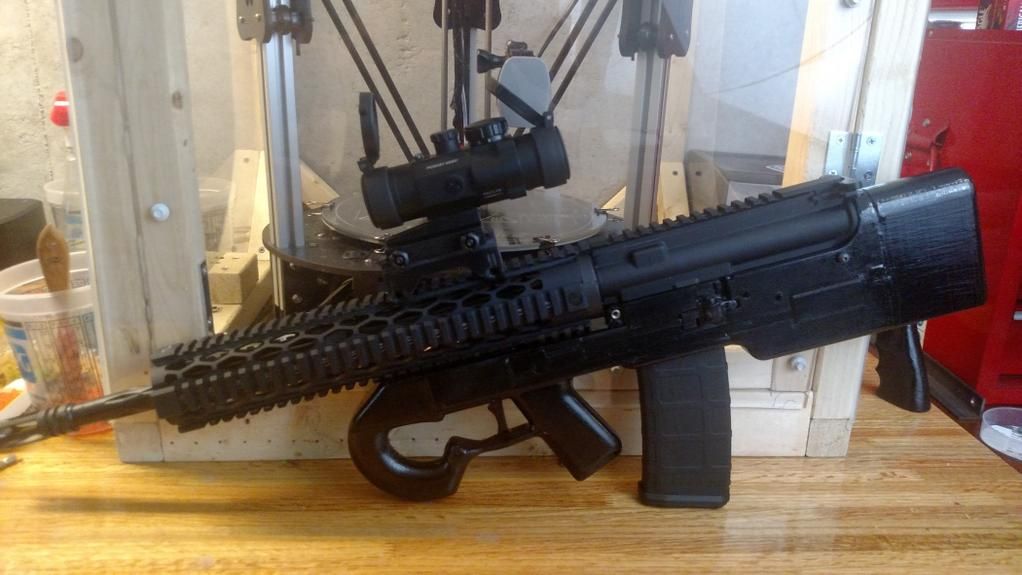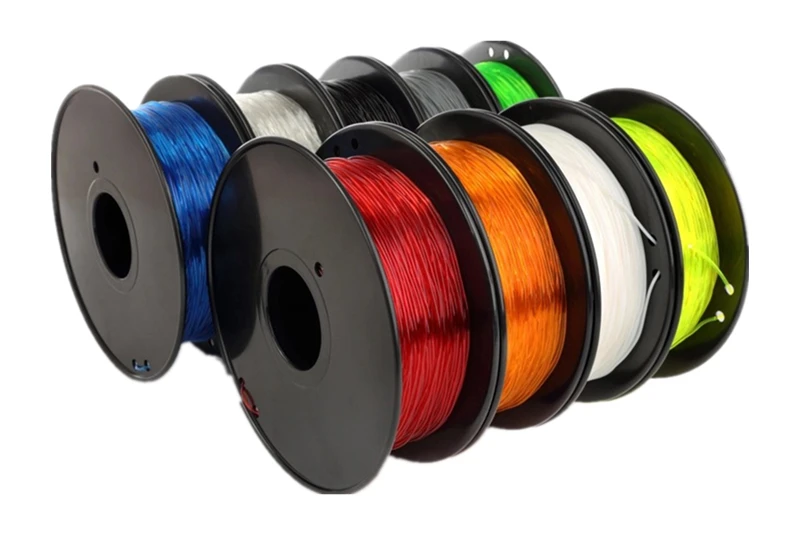Tools for 3d printer
Essential tools for every 3D printing professional
Lana Lozova15 December 2020
News
To get the best from your 3D printer, you need to be armed with the right tools for the job. From removing support material to improving build plate adhesion, here’s a list of must-have tools, all designed to make your life easier.
The essential 3D printer owner’s toolkit
There are certain tools that most 3D printer users possess. These vital pieces of equipment ensure that your prints run smoothly, and that you get the best results possible. You don’t necessarily need to invest in them all at once – but over time, it’s likely you’ll end up adding them all to your tool collection.
Glue stick
Build plate adhesion is an important part of creating great 3D prints. Glue sticks come in particularly handy when you’re trying to get your print to stick – simply cover your print bed with soluble glue, and the adhesion will improve immediately. Some people favor hair spray, but we’d personally recommend glue, as you can be more precise with the application, plus there’s less risk of accidentally spraying the gantry or moving parts. For material-specific adhesion guidelines, check out this support article.
Spatula or palette knife
On occasion, you might find that your 3D print has stuck a bit too well to your build plate. When this happens, a spatula or palette knife normally solves the problem. All you’ll need to do is ease it gently under the print and carefully lift it up.
Over time, you’ll probably get a collection of different palette knives. To start with, we’d recommend getting a palette knife that’s stiff, and one that’s flexible. Titan’s stainless steel scrapers have a tapered tip, which we find works particularly well.
Deburring tool / knife and cutting mat
A deburring tool is great for cleaning up modeled holes, and for removing small pieces of plastic from your printed parts, especially brim. You’ll also need knives to tidy up your prints, as they seldom turn out completely perfect. A deft flick of the knife can remove unsightly plastic blobs or filament strings, making the end result look smoother and cleaner.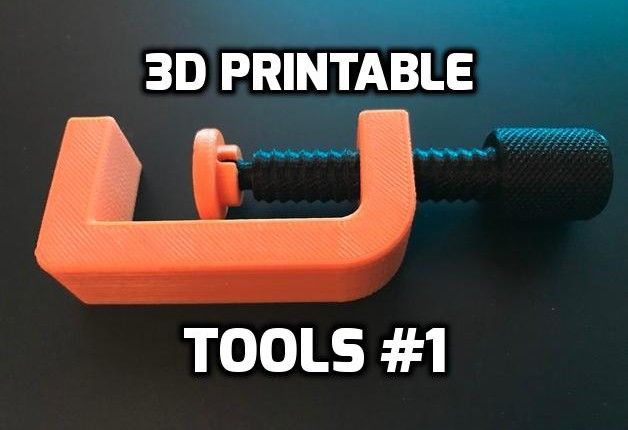 We recommend investing in a knife with exchangeable blades (such as an X-Acto knife), and a cutting mat too.
We recommend investing in a knife with exchangeable blades (such as an X-Acto knife), and a cutting mat too.
Pliers
Pliers have a variety of uses, from print core maintenance to fixing your 3D printer. Look for a good quality pair of pliers with a rubberized, slip-resistant grip. You’re likely to need more than one type – we’d recommend needle nose and wire-cutting pliers (which are particularly useful for snipping away support material or trimming filament).
Blue tape
Masking tape is one of the most basic tools you’re likely to own, and also one of the most widely used. Adding masking tape to the print bed is a simple, effective way to help your 3D printed object adhere to the print bed. It also makes removing the finished print far easier, and it protects your print bed from scratches.
Make sure you choose masking tape with a width of at least 50mm (2 inches). When the tape’s wide, it means you’ll need fewer strips to cover your print bed – something you’ll be grateful for if you need to resurface your print bed on a regular basis!
Magnalube and Unilube
Sometimes, you’ll need to lubricate the X and Y axles, just to ensure they keep running smoothly.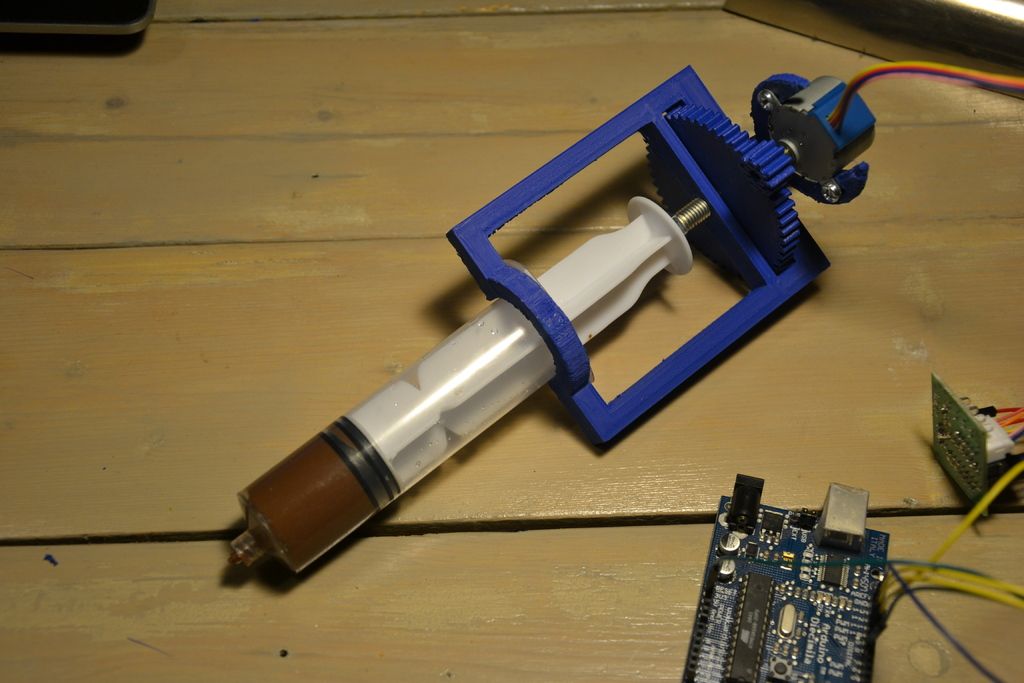 The best lubricant to use is Unilube, and all it takes is a single drop to resolve any issues with dryness. For the Z trapezoidal leadscrew, use Magnalube.
The best lubricant to use is Unilube, and all it takes is a single drop to resolve any issues with dryness. For the Z trapezoidal leadscrew, use Magnalube.
It’s important not to use WD40, as this affects the axle coating and can cause damage to your printer. Read more about it here.
Digital caliper
A digital caliper has many applications in 3D printing. It’s useful for checking the precision of your prints, and you can also use it to dimension parts to replicate in CAD software. Calipers are also handy for checking filament measurements – as filaments aren’t often manufactured to exact measurements. Simply measure it at a few different positions, average the readings, then adjust the filament diameter in your slicing software if necessary.
Analogue calipers work too, but don’t offer the same precision.
Tweezers
Tweezers are useful to have to hand whenever you’re printing. They’re great for plucking oozing filament from the extruder nozzle before it starts printing (which means no more burnt fingers).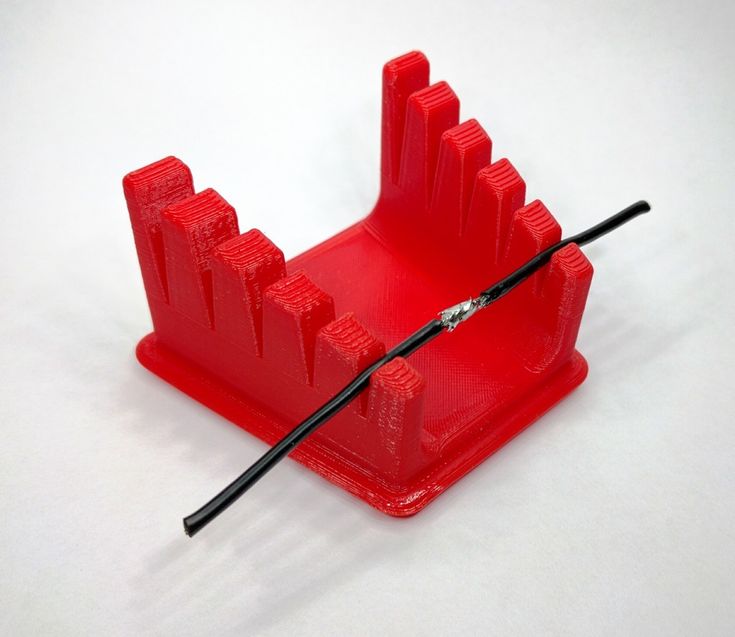 They’re also handy for cleaning up your print afterwards. We’d recommend purchasing a set of tweezers in various shapes and sizes, to ensure you’re covered for every eventuality.
They’re also handy for cleaning up your print afterwards. We’d recommend purchasing a set of tweezers in various shapes and sizes, to ensure you’re covered for every eventuality.
Sandpaper
It’s a good idea to have a selection of sandpaper in a variety of different grits. These will all prove useful when you’re post-processing your 3D prints. Our recommendation? Have a selection from coarse (220 grit) to fine (1000 grit), and invest in well-known brands such as 3M, as they’re likely to last you longer than cheaper, inferior types.
Screwdrivers / hex key screwdrivers
Most people already own a good selection of screwdrivers and hex keys. If you don’t, it’s worthwhile getting some, as you’ll periodically need to re-tighten the gantry screws and the stepper motors of your 3D printer. Hex nuts and bolts are widely used in 3D printer assembly, so it’s also a wise idea to have a set of hex key screwdrivers and wrenches.
Adhesion sheets
Adhesion sheets are compatible with most materials, and boost adhesion to the build plate. They’re a good replacement for a glue stick, as they’re easy to remove and can be used multiple times. Another advantage is that they’ve been specially developed to cope with high temperatures, unlike masking tape. However, it’s important to check that the sheet is applied correctly, as air bubbles mean you won’t have a flat printing surface. You can find out how to apply the sheet here.
They’re a good replacement for a glue stick, as they’re easy to remove and can be used multiple times. Another advantage is that they’ve been specially developed to cope with high temperatures, unlike masking tape. However, it’s important to check that the sheet is applied correctly, as air bubbles mean you won’t have a flat printing surface. You can find out how to apply the sheet here.
Desiccant and re-sealable bags
3D printer filament absorbs water over time. This causes degradation, that eventually leads to complications during printing. To avoid water absorption, simply store your filament in a sealed container or plastic bag, and add some desiccant to ensure all moisture is removed from the environment. Silica gel works perfectly. Here are some more storage recommendations to help you. For a more automated solution, the Ultimaker S5 Material Station was developed to store and deliver material in optimal conditions for 3D printing.
Permanent marker
Permanent markers (such as Sharpies) are useful for marking 3D prints, especially when you’re running multiple prints of the same model, but with different slicer settings.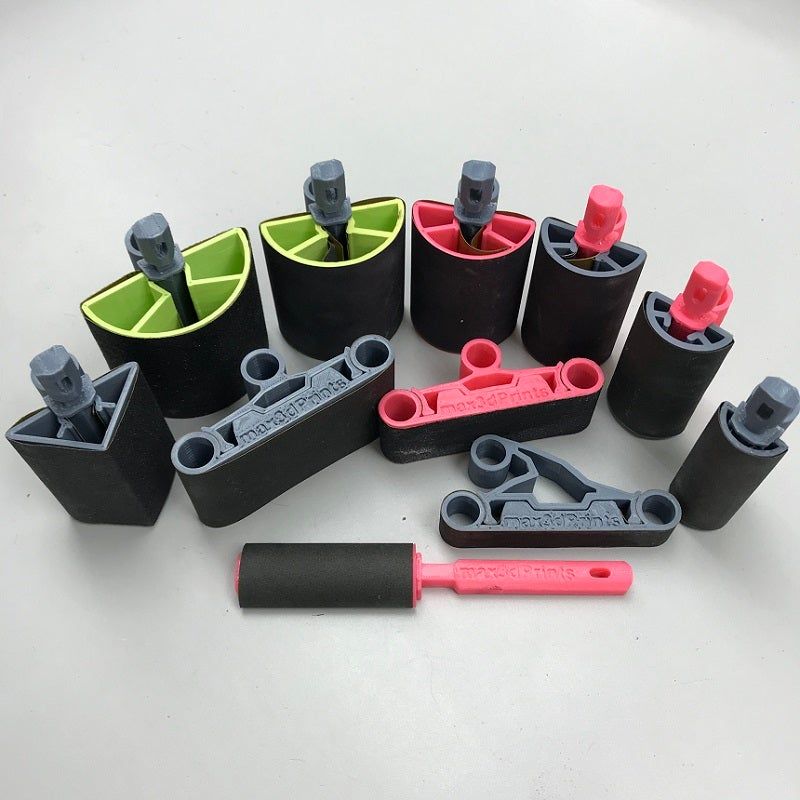 Simply note down the sequence and settings for each print on the finished objects, and you’ll be able to tell them apart later on. Even leading architects do this: The team at Killa Design draw on their models to note where their design can be improved.
Simply note down the sequence and settings for each print on the finished objects, and you’ll be able to tell them apart later on. Even leading architects do this: The team at Killa Design draw on their models to note where their design can be improved.
Advanced 3D Printing Kit
The Advanced 3D Printing Kit for Ultimaker 2+ contains two 0.4mm nozzles, two TFM couplers, 25 adhesion sheets and a door. These keep your 3D printer running smoothly for longer. The nozzles and TFM couplers are convenient replacements, the adhesion sheets are great for keeping your models in position, and the door keeps warmth inside the printer, which prevents certain materials from warping and delaminating. Find out more here.
Other useful tools
The following tools might not be as essential as the list above, but they’re certainly useful to have around. Obviously, it depends on what you’ll be using your 3D printer for, as some are more suited to particular jobs than others.
Flashlight.
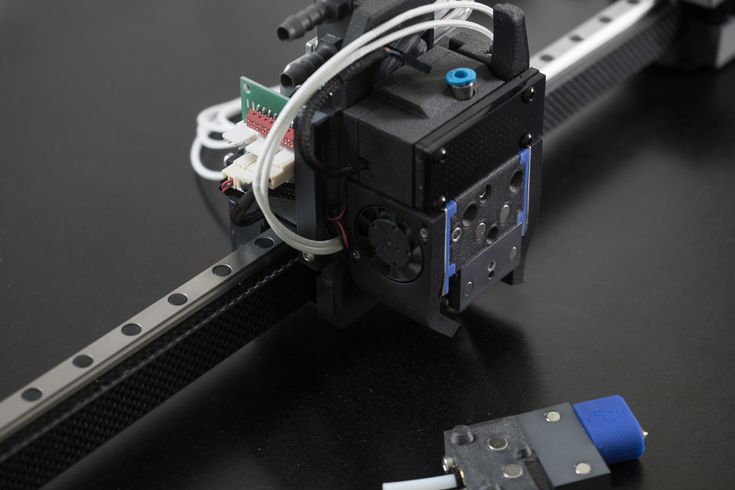 If your 3D printer already has integrated lighting, you won’t need this. Otherwise, it’s a useful tool to have, even in well-lit areas. The inside of an enclosed 3D printer can be dark, which makes it different to judge print quality on detailed models. A compact LED light works perfectly.
If your 3D printer already has integrated lighting, you won’t need this. Otherwise, it’s a useful tool to have, even in well-lit areas. The inside of an enclosed 3D printer can be dark, which makes it different to judge print quality on detailed models. A compact LED light works perfectly.Paper towels. Paper towels are always useful for cleaning and drying your build plate, and best of all, they’re cheap too!
Pencils and paper. You’ll inevitably need to jot down dimensions and make sketches while printing, so it’s a good idea to have paper and pencils to hand at all times.
Wire cutter. Wire cutters are excellent for removing support and creating a cleaner, neater finish.
Dremel. A Dremel is a handheld, high-speed rotary tool, which features a range of accessories. These accessories let you undertake a variety of applications, including cutting, sanding, carving and grinding. When you’re 3D printing, it can be used to remove support material, sand down rough edges, or polish 3D prints made from metal-containing filaments.
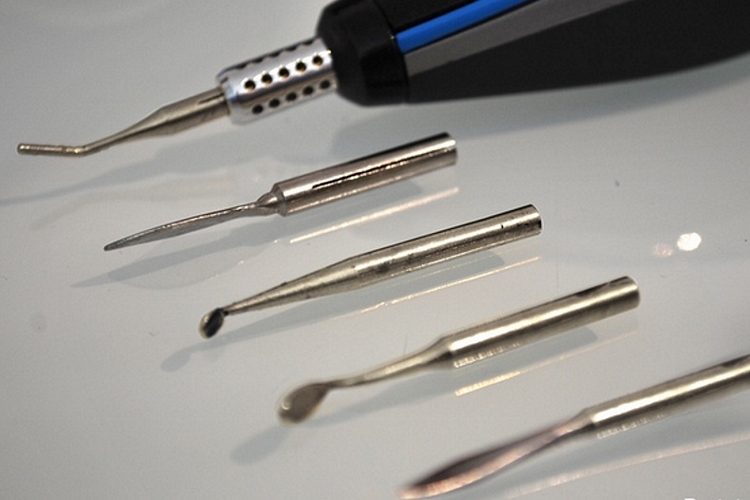
Extra filament. It’s always useful to have an additional filament spool to hand. A spool lasts a while, but won’t keep you printing forever! Also, it’s nice to have a variety to choose from, depending on your requirements.
Extra glass plate. If you are printing 24/7, having a spare glass plate could really speed up your workflow. It allows you to quickly swap glass plates when starting a new print, instead of having to wait until the build plate has cooled down to remove the print.
Dissolving kit (bucket of water and pump). You’ll need to be able to remove your water-soluble PVA after printing – and a bucket of water does the job nicely! A pump ensures PVA supports dissolve faster.
With the right tools, the chances of producing a flawless 3D print are greatly increased. A 3D printer and a computer do most of the hard work, but it’s the tools that polish and perfect the models afterwards!
Show off just how powerful 3D printing is at work with this expert guide.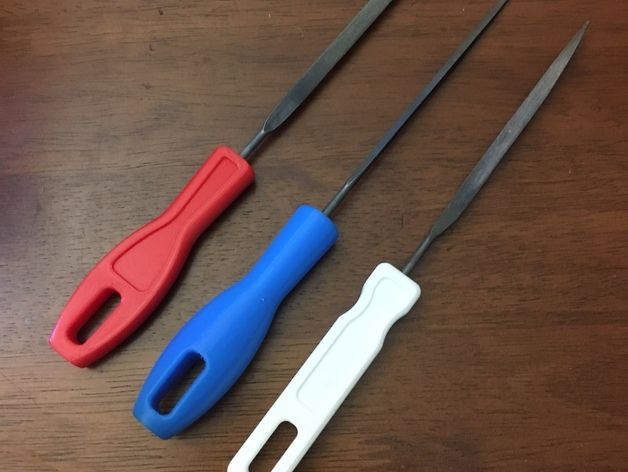 Insights include:
Insights include:
• How to get buy-in from everyone in the office
• Important and practical setup considerations
• 3 workflow options that will save development time
• And lots more handy tips and tricks!
Top 15 Must-Have 3D Printer Accessories and Tools
3D printing industry has seen an accelerated growth in development over the years. From the massive and quite expensive 3D printers in the past, the models available today are more compact, affordable and easy to use. However, successful 3D printing does not only depend on the 3D printer itself. There are a variety of 3D printer accessories that play an important role when it comes to the quality of the final product.
With the right accessories, you can turn your average 3D printer into an incredible machine and you can be more assured that your prints will come out exactly as desired.
From removing support material to improving bed plate adhesion, here is a list of the top 15 3D printer accessories that will help you get the most of your 3D printer.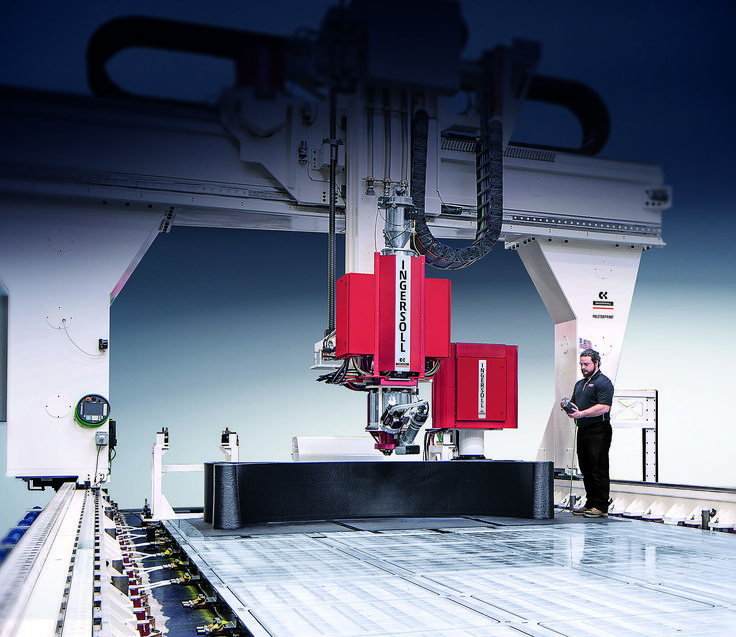
Disclosure: There are affiliate links in this article. As an Amazon Associate I earn from qualifying purchases.
Filament Storage Container
Get it on Amazon / AliExpress / Banggood
One of the most important accessories a 3D printer owner must possess is an appropriate filament storage container.
Most of the 3D printer owners don’t pay attention to that, which can lead to so many problems like clogging, bad layer adhesion, breakage, etc. That’s why it is very important to safely store your filaments in a moisture free environment.
The first option is a filament box, which keeps your filament dry, dust-free, and also dispenses filament. It has temperature and humidity sensor, and you can also print directly from the box.
Vacuum Sealed Storage Containers
Get it on Amazon
Another great option are vacuum sealed storage containers. They come in a pack of 5, which is pretty awesome.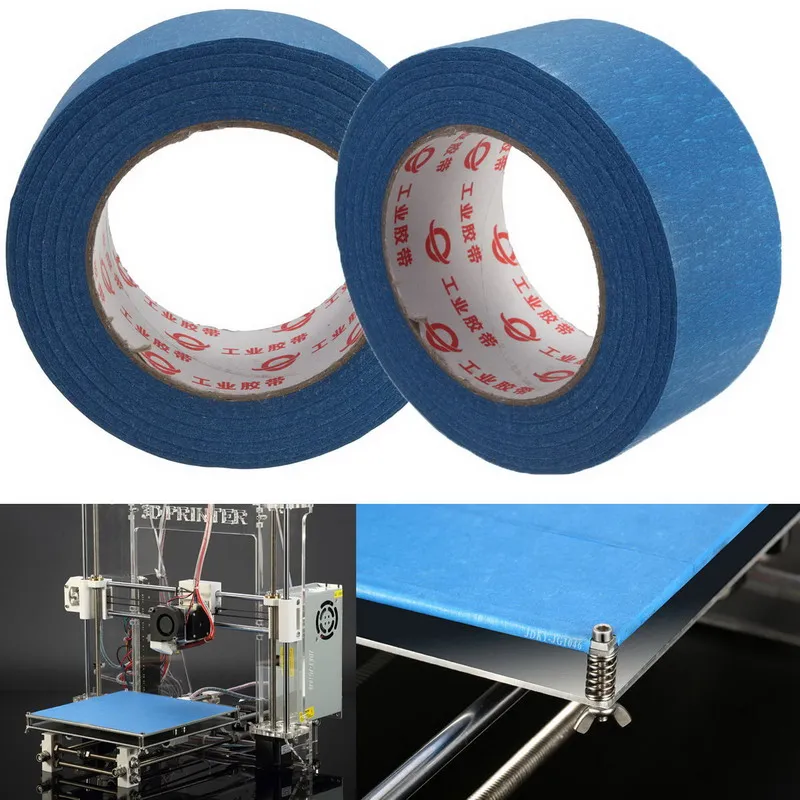
Masking Tape
Get it on Amazon / Banggood
Masking tape is one of the most widely used 3D printing accessories. It is used to help each print adhere better to the print bed and is highly recommended. Furthermore, the finished print is much easier to remove from the bed as well as protect it from scratches.
Make sure you choose masking tape with a width of at least 5 cm (2 inches). Having a wider tape means you’ll need fewer strips to cover your print bed, which will lead to better results.
Alternative: Kapton Tape
Get it on Amazon / Banggood
Although masking tape has been widely used for covering print beds and is cheaper option, Kapton tape is much better in the long term since it handles high temperatures better. This tape also prevents severe warping resulting in a much better 3D print. Kapton tape can be combined with other products, such as hairspray for best results.
PVA Glue Stick
Get it on Amazon / Banggood
When 3D printing, it’s vital to ensure good adhesion of your print to the build plate.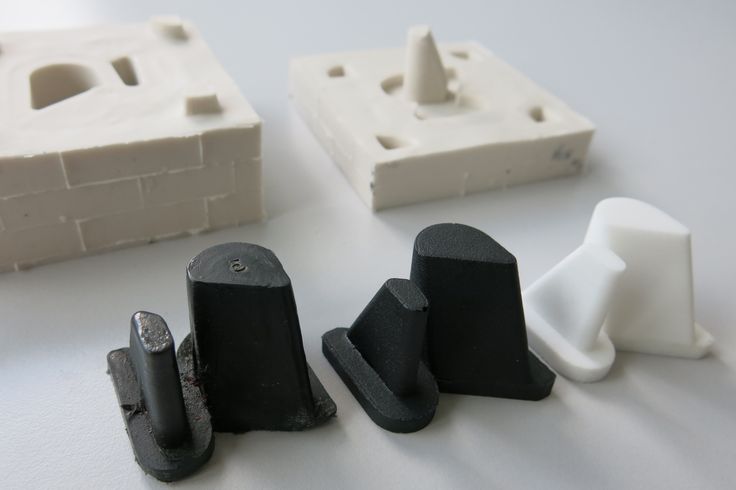 So, another way to increase plate adhesion is covering your print bed with washable glue stick. You can apply glue directly to your build plate and wipe it off easily with water.
So, another way to increase plate adhesion is covering your print bed with washable glue stick. You can apply glue directly to your build plate and wipe it off easily with water.
This is one of the best bed adhesion solutions and works well with most materials, except for those prone to very high warpage like ABS and polycarbonate.
It works pretty well and it can easily be found at a wide variety of stores and at a very reasonable price.
Alternative: Hair Spray
Get it on Amazon
Many people also recommend spraying the bed with hair spray. Using hairspray to add an extra layer of ‘stickiness’ to your print bed is a quick and easy process.
But you must be careful with this method because using hairspray regularly and without proper care can damage your printer.
3D Print Removal Tool
Get it on Amazon / Banggood
Sometimes you might find that your 3D print has stuck to your build plate.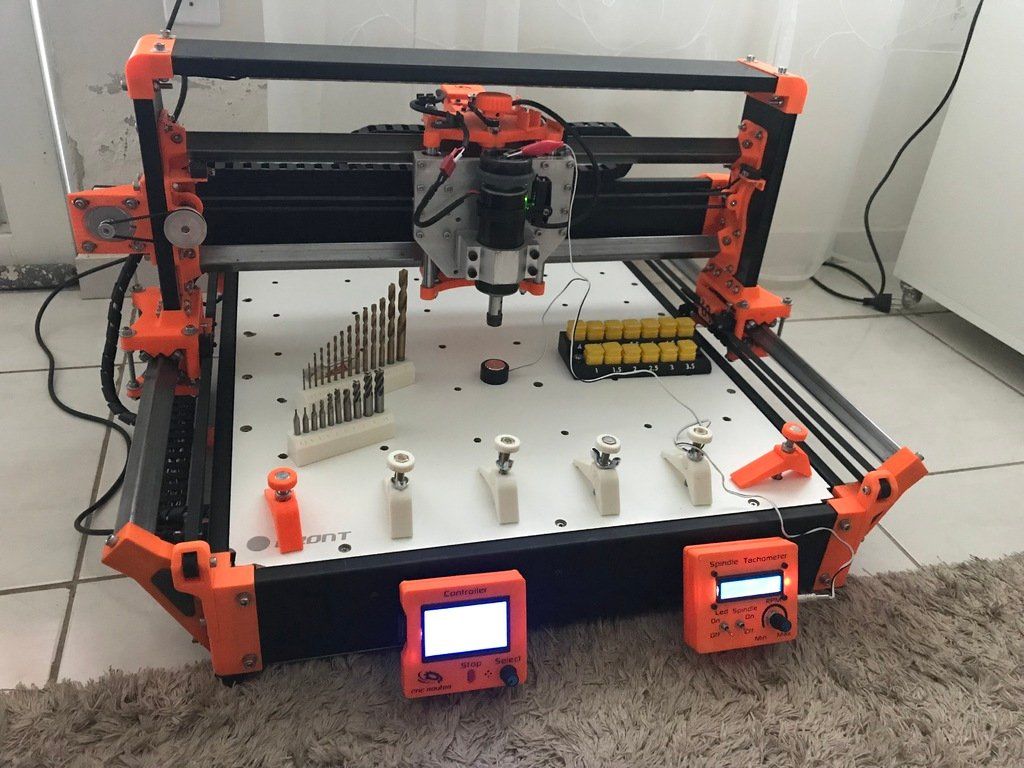 A 3D print removal tool, or spatula, can easily solve this problem. All you need to do is to put it gently underneath the print and carefully lift it up. You can also use this tool for scraping off little bits of filament.
A 3D print removal tool, or spatula, can easily solve this problem. All you need to do is to put it gently underneath the print and carefully lift it up. You can also use this tool for scraping off little bits of filament.
You probably got a one with your 3D printer, but that’s just a generic spatula which sometimes doesn’t do the job.
This set of different spatulas ensures you always have the right tool for removing any object you print. These spatulas are as thin as a knife blade, but without the sharp edge. They’re also usually angled in such a way that you can hold the handle parallel to the bed. It will prevent you from scratching the tray or damaging the part. I consider this set as an essential 3D printer accessory.
Carving Tools
Get it on Amazon / Banggood
When printing parts with a lot of little details and supporting material, you need to do some extra work to get a good finished look. For finishing the 3D prints where a little work is required, this set of carving tools is perfect for smoothing out your final product by removing excess filament and bringing to perfection all the little details.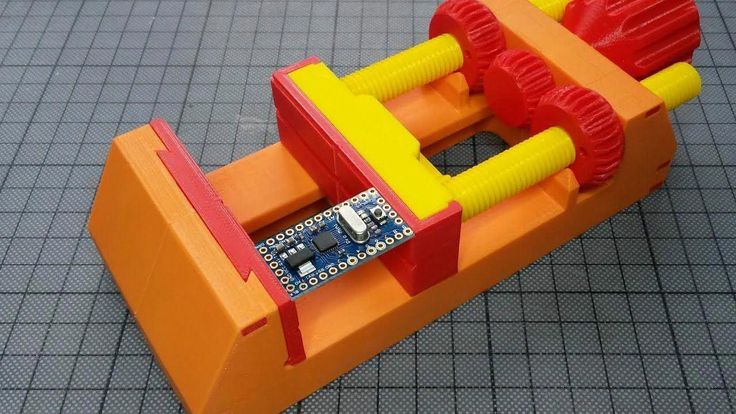
This set contains 12 different carving tools of varying shapes and sizes that will meet most of your needs.
Alternative: Diamond Needle File Set
Get it on Amazon / Banggood
Another tool perfect for working on small, delicate projects is a diamond needle file. This set includes 6 pieces with different shape and size, and each one serves a different purpose.
Pliers
Get it on Amazon / Banggood
Needle-nose pliers can allow you to get into the fiddly areas of your 3D printer and your prints while providing a good, strong grip. Always look for a good quality pair of pliers with a rubberized, slip-resistant grip.
They can be used to remove jams in your 3D printer, to cut filaments, or to install new filaments. Sometimes, the prints get stuck to the print beds, so they can also be used to remove those prints.
Tweezers
Get it on Amazon / Banggood
A full set of tweezers with various shapes and sizes is a must when it comes to the more complicated tasks with 3D printing.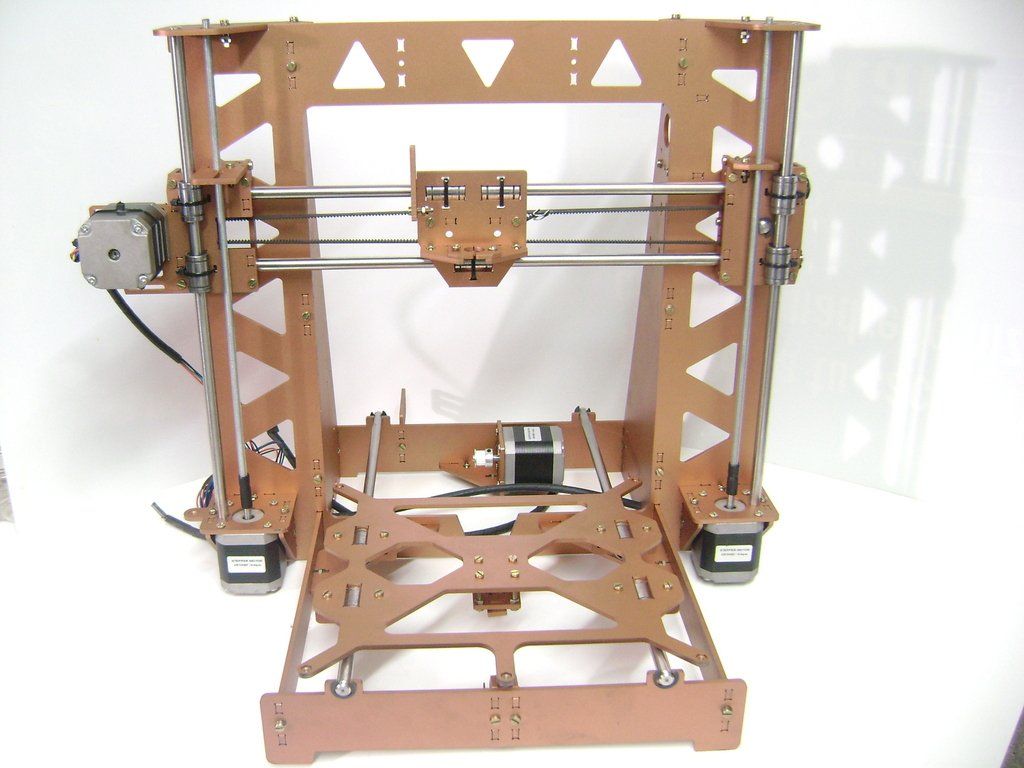 They offer a very good and cheap solution for very fine and high precision adjustments in your 3D printer or printed parts.
They offer a very good and cheap solution for very fine and high precision adjustments in your 3D printer or printed parts.
They’re great for plucking oozing filament from the extruder nozzle without burning your fingers. Also, they can be used for post-processing finishing of your prints.
Sandpaper
Get it on Amazon / Banggood
Having a set of sandpapers in a variety of different grits can be very useful in the post-processing step of your printing. A good sandpaper will help you define the details on your print and smooth out any rough edges and surfaces.
We recommend buying a set of good quality sandpaper from a well-known brand, from coarse (120 grit) to fine (1000 grit or more). Good quality sandpaper does not wear out easily, making it last longer and saving you money in the long run.
Alternative: Rotary Tool
Get it on Amazon / Banggood
As an alternative, you can use a rotary tool with different accessories, which will make things much easier and accurate as well.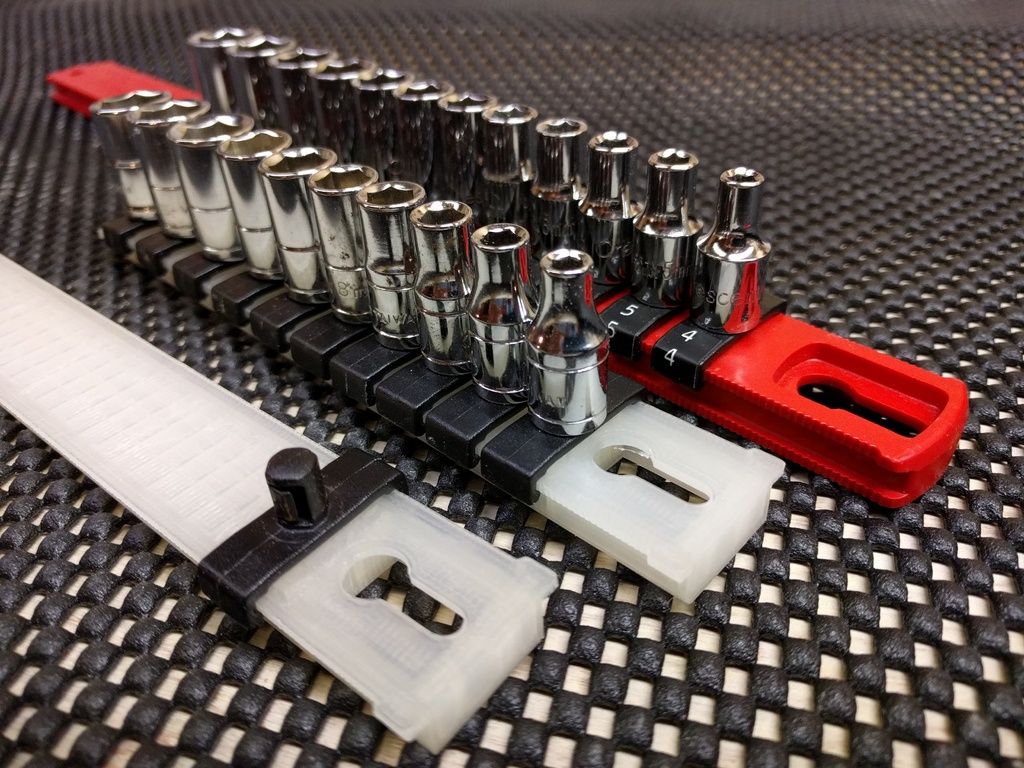
Digital Caliper
Get it on Amazon / Banggood
A digital caliper is a must-have tool for detail-oriented 3D print maker. When 3D printing, there can be a lot of measurements involved, so this tool will help you increase efficiency and accuracy, which is very important.
It enables you to make very precise measurements of a part you want to replicate in 3D, to verify the dimensions of a calibration print, or to check the precision of the measurements of your prints versus the dimensions in the source CAD model.
Calipers are also handy for checking the accuracy of your 3D printing filaments, since the actual filament diameters often differ from what is advertised. This will help you make the necessary adjustment.
The key to successful 3D print lies in getting a good first layer. And to get a good first layer, you need to have the right print bed surface which needs to have a smooth finish and to be rigid and durable as well.
Some people like to swap out their default print beds for glass plated ones, because they handle heat better and won’t warp the printed parts as easily.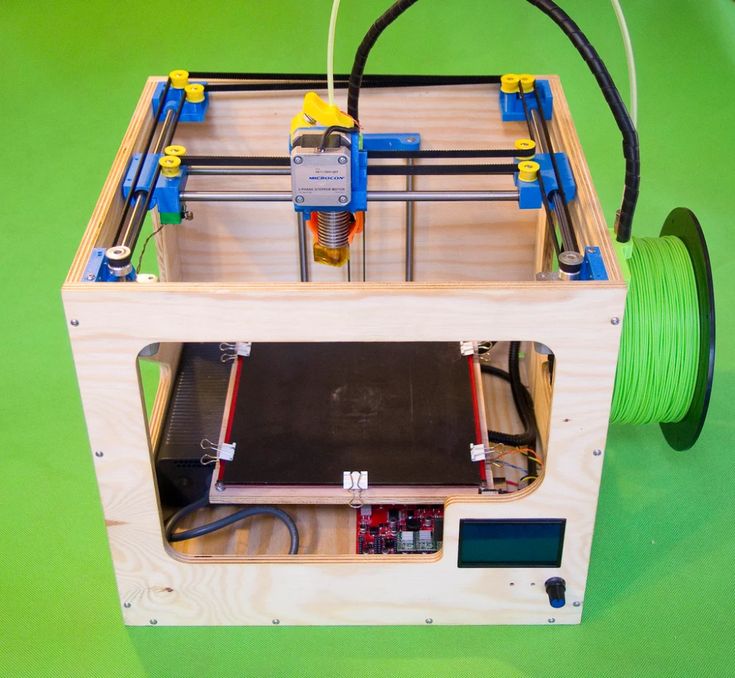
Borosilicate Glass Bed
Get it on Amazon / Banggood
Borosilicate glass can withstand extremely high temperatures, since it’s tempered. Also, it helps giving the print a smooth finish. When buying glass print bed make sure its dimensions match your model of 3D printer.
Alternative: Heat Bed Platform Sticker
Get it on Amazon / Banggood
This printing surface is compatible with almost every printing material. You can print directly onto the surface without any additional adhesives. Once you’re done printing, it is very easy to remove your printed part without damaging it.
You can use it for multiple prints and all you need to do is to wipe down with isopropyl alcohol between prints. Also, it can be easily cut to the desired size with a utility knife.
Nozzle Set
Get it on Amazon / Banggood
Nozzles come in many different shapes and sizes, but they all have the same function.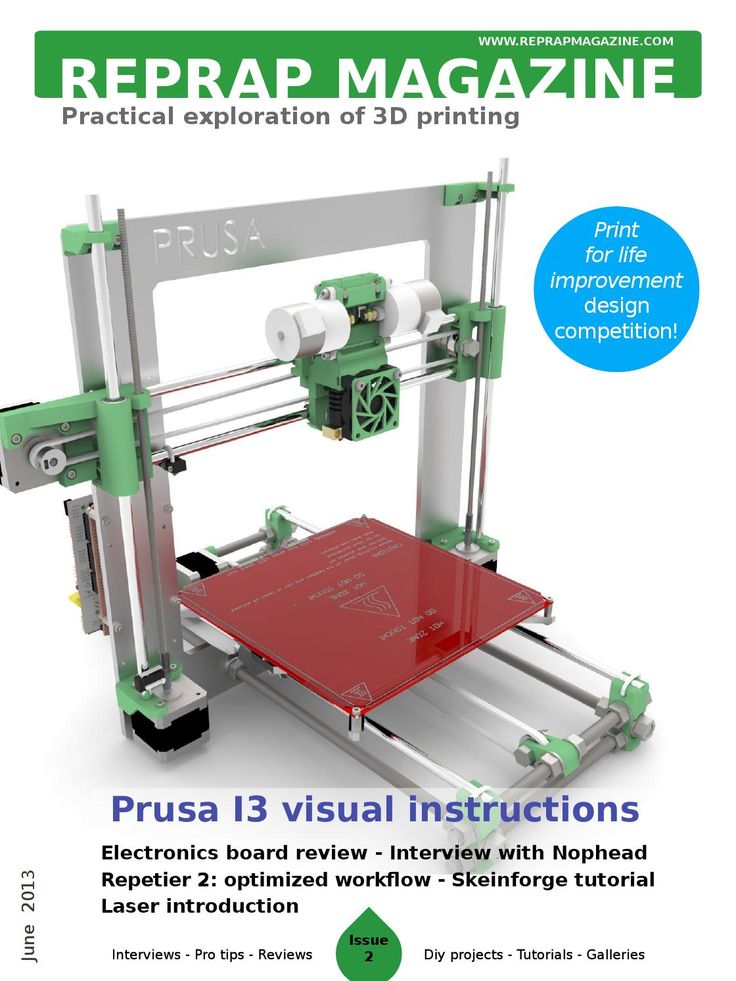 Why would you want to have more than one size nozzle?
Why would you want to have more than one size nozzle?
There are a few reasons why: for example, you want to print a larger model quickly, so you need to use a larger nozzle; you want fine details on your print, or you have an intricate print, so you need to use smaller nozzle; or your current nozzle gets clogged, so you need to replace it.
Nozzle Cleaning Kit
Get it on Amazon / Banggood
The extruder nozzle can easily get clogged with melted plastic after frequent use. It is one of the most significant parts of your 3D printer, so it is very important to keep it maintained, ensuring the quality of your 3D prints.
Cleaning the nozzles is not as easy as it seems, so you want to make sure you have the right tool for this purpose. There are special nozzle cleaning kits, designed for cleaning different sizes of nozzles, so as long as you have this accessory, you’ll always be able to keep your 3D printer clean and ready for the next print.
Solutions for Better Finish
After a part comes out of the printer, it needs to undergo a surface finishing process before it’s ready for use because you can often see its laminated appearance and roughness. So, there are so many reasons to finish a 3D printed part, for example, you might want to enhance its appearance, to smooth out uneven surfaces, or to improve its durability.
So, there are so many reasons to finish a 3D printed part, for example, you might want to enhance its appearance, to smooth out uneven surfaces, or to improve its durability.
Depending on the 3D printing material, you can choose acetone, or XTC-3D high performance 3D print coating.
Acetone
Get it on Amazon
By using acetone, you can easily achieve a smooth and polished surface to your ABS 3D prints. A thin layer of this product is just enough to get a better finish. Be very careful when deciding to use acetone, since it is not compatible with all materials.
XTC-3D High Performance 3D Print Coating
Get it on Amazon
We know that ABS can be smoothed with acetone, but when it comes to PLA, that’s not the case. This epoxy is a protective coating for smoothing and finishing 3D printed parts.
You just need to mix the two liquids together and apply the mixture onto any 3D print. It dries uniformly without leaving brush strokes.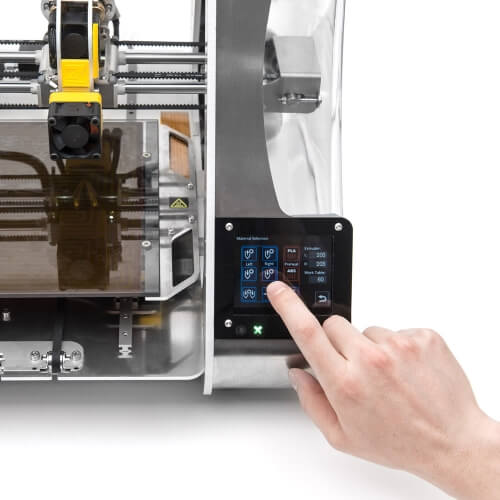 Working time is about 10 minutes, and it takes about 4 hours to cure.
Working time is about 10 minutes, and it takes about 4 hours to cure.
Super Glue
Thicker: Get it on Amazon
Thinner: Get it on Amazon / Banggood
Super glue has endless supply of uses for 3D printing jobs, and is incredibly effective. It can be used to fill in gaps, to repair broken parts, and to combine two or more smaller 3D printed parts together.
Different types of glue are used for different jobs. For example, for filling gaps a thicker type of glue is required whilst for delicate procedures, like combining two components together, a thinner type of glue is more appropriate.
Alternative: Acetone
Get it on Amazon
Acetone can be used for bonding 3D printed parts made of PLA, ABS or HIPS. In fact, it can be used for any material soluble in acetone. It gives very strong bond, and, if done properly it creates invisible seam.
Additional 3D Printer Accessories – 3D Scanner
Get it on Amazon / Banggood
Having a 3D scanner will take your 3D printing experience to the next level, as it enables you to create accurate 3D models from actual real objects.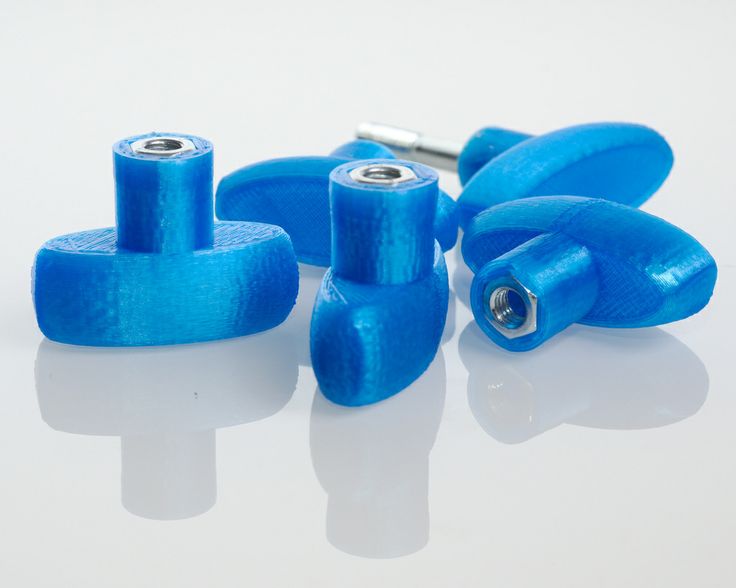
There are so many portable, relatively cheap and easy to use scanners on the market. It’s an ideal choice for anyone who wants a compact device that’s easy to carry around and is one of the most beginner-friendly machines around.
Read more: Creality CR-10 V3 Review – Is It the Best Mid-Range 3D Printer?
Conclusion
Choosing the right 3D printer accessories greatly increases the chances of creating a flawless 3D print. These decent investments can make the 3D printing process much easier and enjoyable.
Which of these 3D printer accessories do you already use? Do you have some other useful 3D printer accessories that are not on the list and should be? I’d love to hear about it in the comments section below.
If you want to buy a 3D printer check out our list of the best budget friendly 3D printers that are ideal for hobbyists and beginners who are just getting started.
Tools needed to maintain the 3D printer
3DPrintStory Reviews Tools needed to maintain a 3D printer
Building a 3D printer from scratch is hard enough, not to mention trying to assemble it without the right tools. Below we highlight some of the most common 3D printer repair and assembly tools.
Below we highlight some of the most common 3D printer repair and assembly tools.
Caliper
Calipers are used to measure the distance between opposite sides of an object. Although used in many industries, including medicine and woodworking, modern calipers in mechanical engineering are often Vernier calipers that offer a high degree of accuracy compared to purely mechanical options. The included digital dials and scales can display measurements to the nearest thousandth of a millimeter/inch.
Screwdrivers/Hex Keys
The 3D printer is made up of complex individual parts that are held together with a variety of materials and fasteners. In matters of assembly and repair of a 3D printer, screwdrivers and hex keys are crucial. Be sure to stock up on a flat head screwdriver as well as a set of hex wrenches of various sizes. Due to the huge number and variety of mounts, most 3D printers use metric mounts, but this statement is not an unshakable truth, anything can happen, there are a lot of manufacturers of desktop 3D printers.
Hex keys are simple and small hex head screwdrivers that are very cheap in cost. So it is convenient for both manufacturers and consumers, who can purchase a set of hexagons of various sizes for a small amount and use it not only for a 3D printer, but in general in everyday life.
Wrenches
Although there are dozens of wrenches, each with a specific purpose, for those who work with a 3D printer, hex keys, socket wrenches, spanners and adjustable wrenches will be the most useful.
Due to the large number of fasteners used in 3D printers, manipulating in tight spaces and applying a lot of force without moving the entire wrench arm is key. To do this, hex keys have a relatively small footprint, and socket wrenches allow you to securely tighten fasteners without swinging the entire socket wrench arm (and likely avoid damaging the 3D printer frame). Adjustable wrenches have the same backlash as adjustable pliers, allowing precise control of fasteners in tight spaces.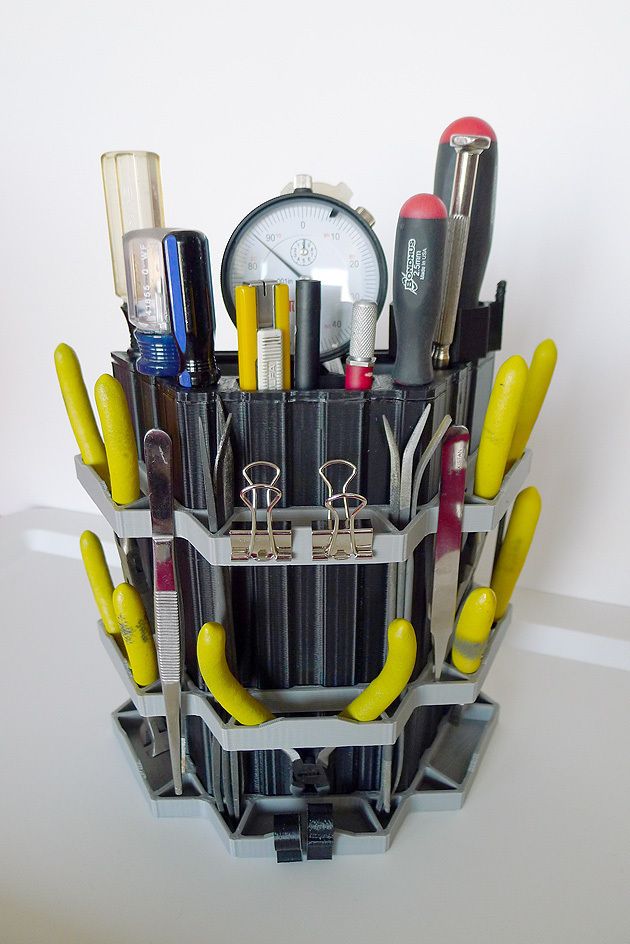 keys like these will be useful for working in and around the 3D printer's extruder.
keys like these will be useful for working in and around the 3D printer's extruder.
Wire strippers/wire crimps, soldering iron
Often included in the same tool, wire strippers and wire crimps are used to strip wires and connect crimp connectors, respectively. While any pliers with sharp inside jaws can strip the wire, the process is more difficult than using a good wire stripper. Similarly, sharp-tipped pliers can be used to terminate crimp connectors at the ends of wires, although this requires more skill and patience than using crimp pliers.
3D printers often include dozens of wires, and having clean connections between various electronic devices ensures they last a long time. Along the same lines, a soldering iron may sometimes be required when assembling and maintaining the printer. However, solder joints can serve as replacements for crimp connector bodies, although the solder joint is not as flexible/modular if changes need to be made.
Please note that most solders cannot withstand the temperature of a 3D printer's hot end.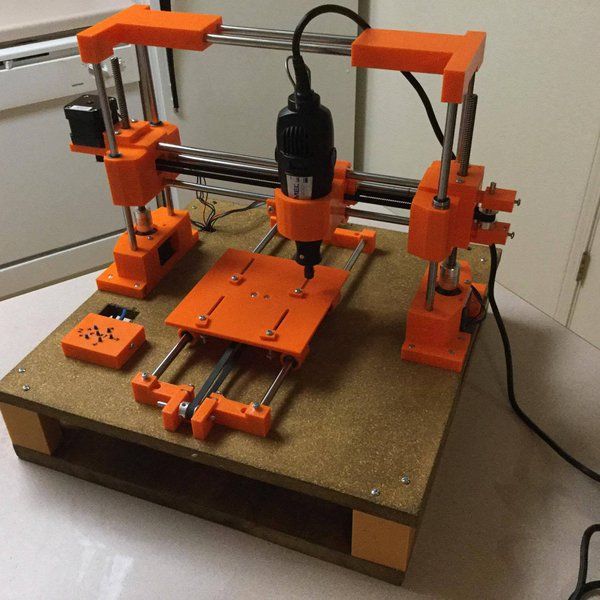 Crimp connectors should only be used in areas of the printer that can become very hot. This applies to the greatest extent to the connections of the heating element and the hotend thermistor.
Crimp connectors should only be used in areas of the printer that can become very hot. This applies to the greatest extent to the connections of the heating element and the hotend thermistor.
Pliers
When building your basic 3D printing tool kit, don't overlook a good pair of pliers. They will definitely come in handy for scraping off excess filament from the hotend and bed, or for fixing parts of a 3D printer and attaching wires. Due to the extreme temperatures around the hot end, you should never manually adjust components under the X carriage while the printer is heating up or cooling down. Pliers (and to some extent wrenches and screwdrivers) will allow you to manipulate the hot parts of a 3D printer without getting burned.
Lubrication
With many moving axles, bearings and carriages, a 3D printer is nothing more than a finely tuned dynamic machine. It is very important to properly lubricate the parts with a few drops of machine lubricant.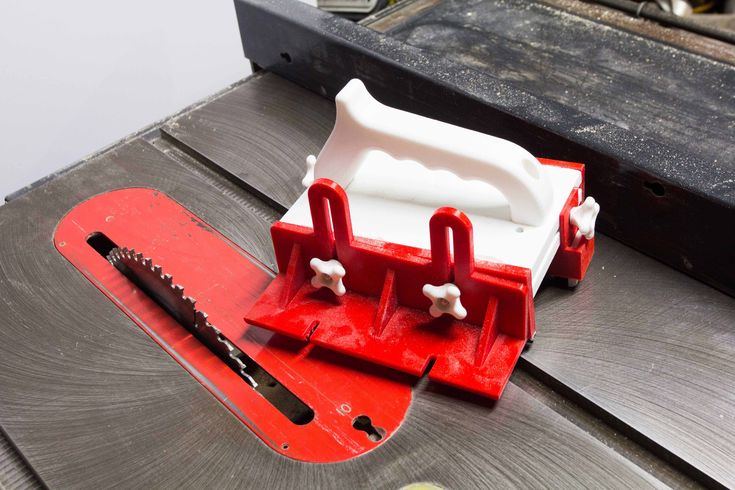 Silicone-based compounds or those containing PTFE are best for protecting the rods, bearings, and bushings that allow the printer to print. Lubricant and timely maintenance of the mechanics of a 3D printer will definitely help protect your brainchild from unnecessary and unpleasant breakdowns.
Silicone-based compounds or those containing PTFE are best for protecting the rods, bearings, and bushings that allow the printer to print. Lubricant and timely maintenance of the mechanics of a 3D printer will definitely help protect your brainchild from unnecessary and unpleasant breakdowns.
Spirit level
A simple water level can help calibrate the 3D printer bed, X carriage and frame components. Mostly used during assembly. It can also be used to check the alignment of parts after a long period of use or during troubleshooting.
Cable Ties (Cable Ties)
Fully assembled 3D printers rarely require additional cables, but do-it-yourself 3D printers and printers assembled from scrap materials and assemblies will require adequate cable management. In addition, many 3D printer parts use cable ties as structural elements - again, with the exception of most prefabricated assemblies.
Material spool holder
A clean material feed to the 3D printer is very important as it helps to maintain the integrity of the extruder and the mobility of the extruder carriage.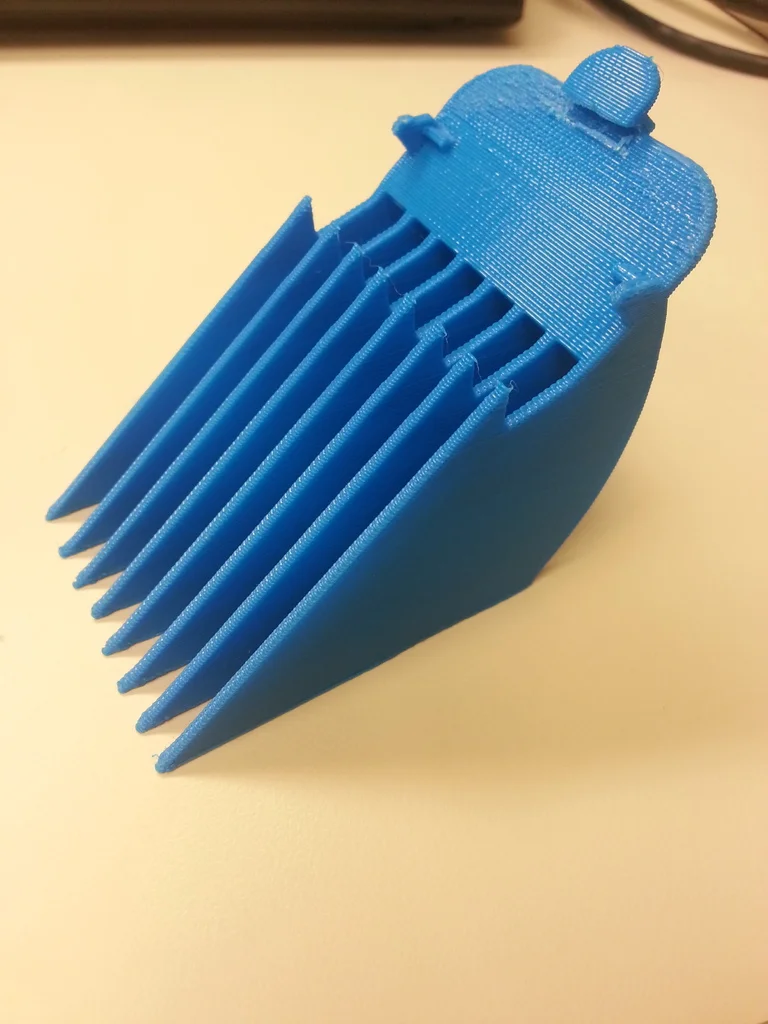 It also prevents jamming during long 3D prints where it is simply not possible to be present during the entire print. So if your 3D printer did not come with a holder for a spool of material, you definitely need to make it yourself.
It also prevents jamming during long 3D prints where it is simply not possible to be present during the entire print. So if your 3D printer did not come with a holder for a spool of material, you definitely need to make it yourself.
3D printing tools. What you need to have on hand.
If you have a 3D printer, then you will have to master the intricacies of 3D printing. And to facilitate this process, you need to acquire some tools (Tools for 3D printing).
Today we will talk about what kits and tools you may need.
Spatula, scraper…
You may need a spatula and scraper to get started. These can be painting or artistic devices that help to remove the finished model from the working platform. They are especially indispensable in cases where you print with difficult-to-separate plastic.
To remove the model with the blunt end of the spatula, try to pry the model from one side. Once you succeed, try to delete the model manually.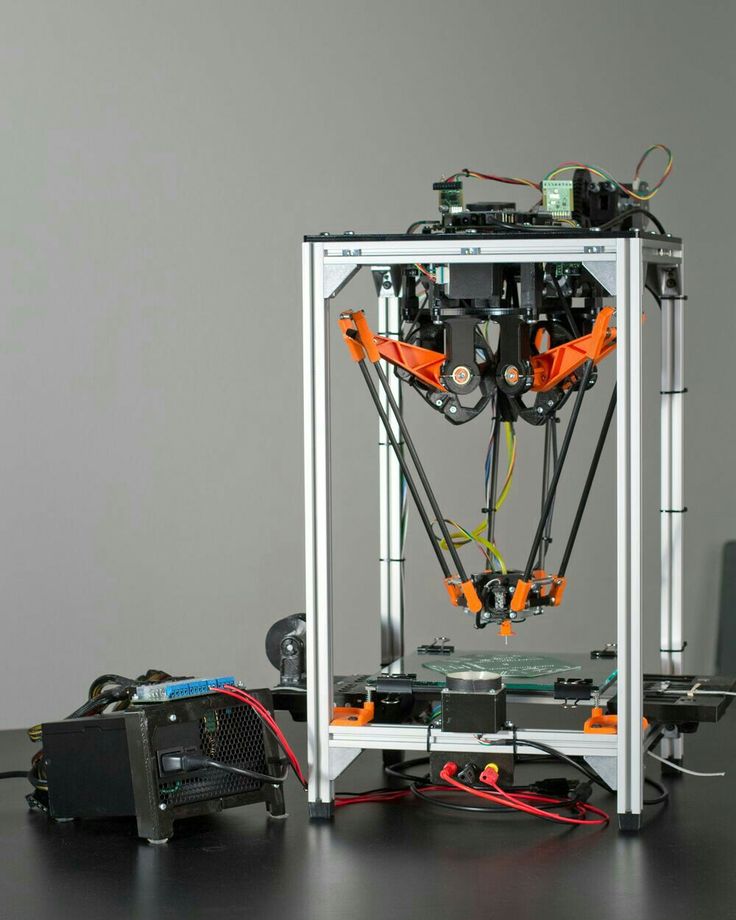 If this does not work, then try to squeeze the spatula between the table and the model and slightly raise it.
If this does not work, then try to squeeze the spatula between the table and the model and slightly raise it.
It is important to be very careful not to scratch the surface of the table and injure yourself.
Deburring tool
This tool is the most indispensable tool of all. It really makes it easy to remove supports, clean up the model. At the same time, the tool is safe, and it is much more convenient to use it than to wield a knife. This tool will be especially useful when cleaning round holes.
Utility knife
This is a knife used for cutting appliqués, sometimes called a hobby knife. This tool is ideal for precise cutting of ABS, PLA and other popular plastics. It is important that this knife is very sharp. But it is also important to follow safety measures when working with the tool.
Pliers, round nose pliers
These tools are extremely useful when removing supports. At the same time, pliers are also useful for the 3D printer itself and for post-processing.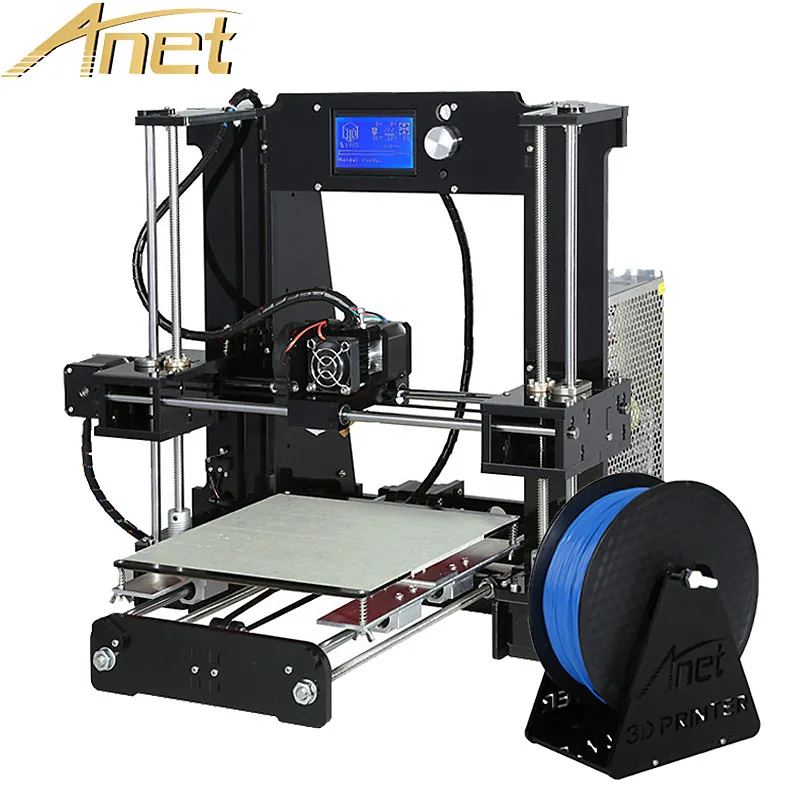 Supports can be cut a little with a sharp knife and then with pliers it will be easy to remove them not one by one, but in blocks.
Supports can be cut a little with a sharp knife and then with pliers it will be easy to remove them not one by one, but in blocks.
Wood carving set
This set is very useful for fine cleaning of models. The tips in this set have a variety of shapes, which allows for high-quality cleaning of models of any geometry and even in hard-to-reach places: corners, roundness, etc.
Super Glue
In fact, the choice of adhesives is now simply huge, and their possibilities are almost endless. Be sure to get superglue, as it is suitable not only for repairing or filling gaps, but also for gluing individual printed nodes. Be sure to focus on the viscosity of the composition, and also select the right tool. If you need to fill gaps, then we recommend choosing denser compositions than for assembling small parts. An important note - superglue works great with plastics such as ABS and PLA.
Files
A set of mini files will come in handy.